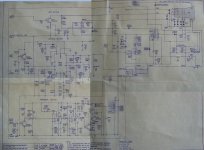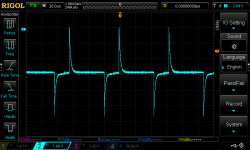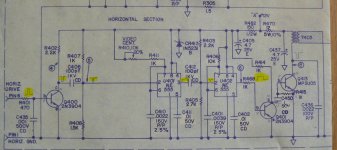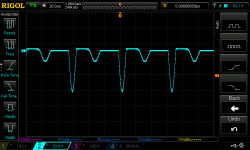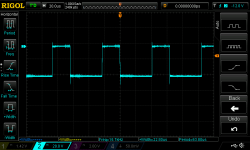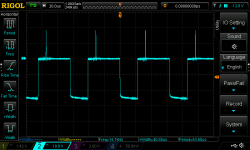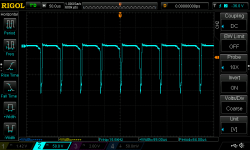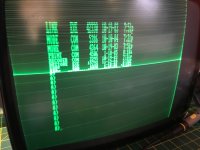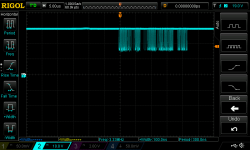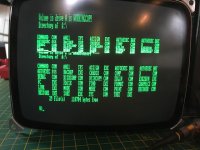JonB
Veteran Member
Hi
I'm trying to repair a monochrome video board from a Kaypro 16, made by Elston. It's a DM30-09BO. It was working for a short while, then yesterday a resistor started smoking and it died.
@ldkraemer was kind enough to send a schematic which I reproduce below. The smoked resistor is the 12R 2W R478 which sits between +12v and the board (the tube filament heater is also connected but direct to the PSU, not going through the resistor). What is the purpose of this resistor? Is it current limiting to protect the circuit in case of failure such as I have? The fuse, also inline, has not failed.
At the moment, it will power up the tube filament but there is nothing on the screen. However, a reset of the Kaypro causes a faint horizontal line to be displayed which fades out to a dot. All the while, the resistor is heating up... but I see no evidence of other components getting hot and I don't really want to touch anything to check for heat.
Seems like something is pulling too much current...
Is there anyone here who can advise on how to diagnose and repair this board?
I'm trying to repair a monochrome video board from a Kaypro 16, made by Elston. It's a DM30-09BO. It was working for a short while, then yesterday a resistor started smoking and it died.
@ldkraemer was kind enough to send a schematic which I reproduce below. The smoked resistor is the 12R 2W R478 which sits between +12v and the board (the tube filament heater is also connected but direct to the PSU, not going through the resistor). What is the purpose of this resistor? Is it current limiting to protect the circuit in case of failure such as I have? The fuse, also inline, has not failed.
At the moment, it will power up the tube filament but there is nothing on the screen. However, a reset of the Kaypro causes a faint horizontal line to be displayed which fades out to a dot. All the while, the resistor is heating up... but I see no evidence of other components getting hot and I don't really want to touch anything to check for heat.
Seems like something is pulling too much current...
Is there anyone here who can advise on how to diagnose and repair this board?

